New User? Avail 100Tk discount coupon
Yamaha MGP32X Mixing Console
Original price was: ৳ 230,000.৳ 205,000Current price is: ৳ 205,000.
You Save: ৳ 25,000 (11%)
or Buy Now @ ৳ 18,535 per month for 12 months on EMI*
- Brand: Yamaha
- Model: MGP32X
- 24 D-Pre Mic Preamps with Phantom Power
- 32 Line Inputs, 6 AUX Sends & 2 FX Sends
- iPhone/iPod Control & Connectivity
- Record to USB Storage as WAV or MP3
- X-pressive 3-Band EQ Per Channel
- 1-Knob Compression
- Auto-Ducker, Auto-Leveler
- 3 Types of Reverb, 16 Digital Effects
Delivery
Inside Dhaka: From next day to 3 business days.
*Inside Dhaka North and South City Corporation.
Outside Dhaka: From next day to 5 business days.
**Home Delivery/Courier Delivery. Learn More
Shipping Charge
Inside Dhaka: Starts from 60Tk.
**Inside Dhaka North and South City Corporation.
Outside Dhaka: Starts from 100Tk.
**Home Delivery/Courier Delivery. Learn More
Payments
- Cash on Delivery
- Debit Card/Credit Card
- MFS Payment
- Bank Transfer
Spend TK.5000 or more and pay in 3 to 36 months EMI Learn More
Description
Yamaha MGP32X Mixing Console
Yamaha MGP32X Mixing Console. This 32-channel Analog Mixing Console with DSP Effects from Yamaha is a 32-track analog mixer with digital control and features 24 D-Pre microphone preamps, 32 line inputs, 6 auxiliary sends, and 2 effects sends. It is designed for use in live sound environments, including clubs and houses of worship.
Each channel has Yamaha’s X-pressive 3-band equalizer and 1-Knob compressor, allowing channel-independent frequency and dynamic control. The MGP32X has an integrated DSP Hybrid Channel section that includes 3 types of reverb and 16 effects, as well as auto-ducker and auto-leveler functions that allow for hands-off monitoring of sources. The digital portion of the MGP32X also allows for iPhone and iPod touch control of a variety of parameters via the free MGP Editor app. You can also playback music from your iTunes catalog via the iOS input USB port, freeing up an analog input on the console. A second USB port allows you to record your live performance directly to external USB media, as either a stereo WAV or MP3 file.
Features
D-PRE Mic Preamp
These studio-grade, discrete Class-A mic preamps employ an inverted Darlington circuit design that features multiple circuitry elements in a multi-layered configuration in order to deliver more power with lower impedance. This means all the character, depth and feel of your original signal will be delivered with fat, natural sounding bass and smooth, soaring highs. Rediscover a favorite mic or trusted instrument by capturing the full range of sound
1- Knob Compressors
These intelligent compressors add optimally set compression to a wide variety of input sources with the touch of a single control – minus the hassle of setting up and configuring outboard gear. The MGP32X has 1-knob compressors that feature LED indicators allowing you to visually monitor when the compression “kicks in” on each channel
X-pressive EQ
Throughout the development of the VCM (Virtual Circuit Modeling) effects used in its high-end professional digital mixers, Yamaha became increasingly focused on reproducing the warmth and musicality of classic vintage EQs. It was through precise modeling of the original circuitry of some of the most sought-after EQ modules from the past that Yamaha discovered a characteristic “X-shape” of the frequency curves that was unique to these units – and would ultimately prove essential to unlocking vintage authenticity. More than just a means of tweaking your mix, the precise response and very steep shelving of the high and low frequencies make the X-pressive EQ a useful sound-shaping tool
Internal Power Supply
You can plug in with confidence in any region with 100V- 240V power thanks to Yamaha’s internal universal power supply. With its multi-voltage design, the MGP ensures worry-free operation in potentially damaging environments with fluctuating power levels. An Internal power supply also simplifies rack mounting of the console at installed applications, with no use for a bulky adapter or additional connections
Hybrid Channel
Beneath the analog-style knobs and encoders of MGP Series mixing consoles lies a digital control system – a fusion that combines traditional analog feel with the functionality that only digital technology can offer. The MGP Series utilizes a proprietary DSP to provide three essential features that are staples of both installed and live sound applications. In keeping with the theme of analog simplicity found throughout the MGP Series design, each of these functions is readily accessible and available at the touch of a button. The MGP32X features a mid-sweep, three-band EQ for sound control and on-board A/D and D/A converters
Priority Ducker
An invaluable feature for applications over another sound source automatically, just by speaking into the mic. Stop talking and the other sound source is brought back to its original level, therefore no console operator is required for this simple function. You can even adjust the ducker attenuation of sound source depending on your preferences.
Leveler
This intelligent compressor “auto levels” different tracks from a sound source that vary in volume, providing a more even listening experience. Ideal for small events with un-manned operation of your console, Yamaha’s proprietary DSP algorithm allows for extended play time without the worry of fluctuating volume levels distracting your listeners
Stereo Image
The Stereo Image function narrows the pan balance of the stereo sound source so that audiences spread over a wide area can enjoy the mix. This is helpful for installed sound applications that require background music. Using either of the two settings – MONO and BLEND – Stereo Image ensures that everyone is in the “sweet spot” by providing a more optimally mixed sound to the entire space
Dual Digital Effects
MGP Series mixing consoles offer two separate effects processors for enhancement of your sound, with intuitive control. Yamaha’s REV-X reverb offers three musical and natural high-resolution reverb effects: Hall, Room and Plate; a first for any Yamaha analog mixer. For more sound-shaping possibilities, Yamaha’s SPX digital multi-effect processor provides a useful selection of 16 advanced digital effects with editable parameters. Both processors can be used simultaneously, giving you a vast array of tools to color your sound.
Digital Connectivity for Your iPod or iPhone
iPod/iPhone integration with the MGP offers much more than playback. With a single connection your Apple device is transformed into a flexible controller, giving you more detailed control of your MGP console
MGP Editor
MGP Editor is a free software application that gives you additional control of your console’s DSP settings via your iPod/iPhone. With a simple and intuitive graphic display, MGP Editor gives you additional, detailed control of your REV-X and SPX effects parameters – as well as Hybrid Channel’s Priority Ducker, Leveler and iPod/iPhone’s playback settings. Setting the GEQ and Master comp can be adjusted. Direct playback of iTunes play list is also possible
Digital Playback
The MGP Series mixers feature a built-in USB port to connect and charge your iPod or iPhone for seamless playback with a single connection. A direct digital connection offers a much higher level of quality with more detail and clarity than typical analog inputs can provide
Graphic EQ & Multi-Band Compressor
Graphic EQ:
The Graphic EQ features 14-band and flex 9-band modes that can easily be controlled via internal display. By limiting the number of bands for boost and cut, the extra DSP can be employed to narrow the filters to 1/3 octave, and allow the user to sweep the filter to the range where adjustment is required. With 31 different filter positions, very fine adjustments can be made. Additionally, finding and reducing feedback is quick and easy using the offset/gain controls to point out vulnerable frequencies before the feedback occurs.
Multi-Band Compressor:
Both a standard type (COMP) and a 3-band divided (Multi-band) master compressor have been built-in. Using a master compressor allows you to reduce the overall dynamic range of the signal to fit the environment, and protect the sound system from overloads. A total of 8 memory scenes (3 read only and 5 user defined) allow settings to easily be stored and recalled as needed quickly
USB Device Recording and Playback
You can archive every performance with the record function that allows direct recording to a conventional USB storage device. Choose from Stereo Out or Matrix out 1 and 2 as the source, and select WAV or MP3 as file formats. Playback of audio files is also supported with the USB device. You can easily route this to a hybrid channel or to monitor out.
Specifications
| Inputs | 24x Mic level XLRs 24x Line level 1/4″ (6.35 mm) TRS 4x Stereo line level 1/4″ (6.35 mm) TRS 16x 1/4″ (6.35 mm) TRS Inserts 1x 1/4″ (6.35 mm) stereo Return |
| Input Sensitivity | For Mono Inputs, Actual Source Impedance 3 kΩ: Mic Level @ -60 dB: -80dBu (0.078 mV), for 50-600 Ω Mics Mic Level @ -16 dB: -36dBu (12.3 mV), for 50-600 Ω Mics Line Level @ -34 dB: -54dBu (1.55 mV), for 600 Ω Lines Line Level @ 10 dB: -10dBu (245 mV), for 600 Ω LinesStereo Channel Input, Actual Source Impedance 10 kΩ: Line Level @ -34 dB: -54dBu (1.55 mV), for 600 Ω Lines Line Level @ 10 dB: -10dBu (245 mV), for 600 Ω LinesMono Channel Inserts, Actual Source Impedance 10 kΩ: -20 dBu (77.5 mV), for 600 Ω Lines Stereo Channel Insert Input L,R, Actual Source Impedance 10kΩ: -20dBu (77.5 mV) Talkback Input, Actual Source Impedance 10kΩ: -66dBu (0.389 mV), for 50-600 Ω Mics |
| Nominal Input Level | For Mono Inputs, Actual Source Impedance 3 kΩ: Mic Level @ -60 dB: -60dBu (0.775 mV), for 50-600 Ω Mics Mic Level @ -16 dB: 16dBu (123 mV), for 50-600 Ω Mics Line Level @ -34 dB: -34dBu (15.5 mV), for 600 Ω Lines Line Level @ 10 dB: +10dBu (2.45 V), for 600 Ω LinesStereo Channel Input, Actual Source Impedance 10 kΩ: Line Level @ -34 dB: -34dBu (15.5 mV), for 600 Ω Lines Line Level @ 10 dB: 10dBu (2.45 V), for 600 Ω LinesMono Channel Inserts, Actual Source Impedance 10 kΩ: 0dBu (0.775 V), for 600 Ω Lines Stereo Channel Insert Input L,R, Actual Source Impedance 10 kΩ: 0dBu (0.775 V), for 600 Ω Lines Talkback Input, Actual Source Impedance 10 kΩ: -50 dBu (2.45 mV), for 50-600 Ω Mics |
| Maximum Input Level | For Mono Inputs, Actual Source Impedance 3 kΩ: Mic Level @ -60 dB: -40 dBu (7.75 mV), for 50-600 Ω Mics Mic Level @ -16 dB: 4 dBu (1.23 V), for 50-600 Ω Mics Line Level @ -34 dB: -14 dBu (155 mV), for 600 Ω Lines Line Level @ 10 dB: 30 dBu (24.5 V), for 600 Ω LinesStereo Channel Input, Actual Source Impedance 10 kΩ: Line Level @ -34 dB: -14 dBu (155 mV), for 600 Ω Lines Line Level @ 10 dB: 30 dBu (24.5 V), for 600 Ω LinesMono Channel Inserts, Actual Source Impedance 10 kΩ: 20 dBu (7.75 V), for 600 Ω Lines Stereo Channel Insert Input L,R, Actual Source Impedance 10 kΩ: 20 dBu (7.75 V), for 600 Ω Lines Talkback Input, Actual Source Impedance 10 kΩ: -30 dBu (24.5 mV), for 50-600 Ω Mics |
| Outputs | 1x XLR Stereo out (L,R) 6x XLR auxiliary sends 24x 1/4″ (6.35 mm) Channel insert outputs 1x 1/4″ (6.35 mm) Monitor out (L,R) 4x 1/4″ (6.35 mm) Group out 1x 1/8″ (3.5 mm) headphones out 1x 1/4″ (6.35 mm) Stereo insert (L,R) 2x 1/4″ (6.35 mm) Matrix outs 1x XLR Mono out |
| Nominal Output Level | Stereo Out (L,R): 4 dBu (1.23 V) @ 75 Ω (for use with nominal 600 Ω lines) Mono Out: 4 dBu (1.23 V) @ 75 Ω (for use with nominal 600 Ω lines) Group Out (1 to 4): 4 dBu (1.23 V) @ 150 Ω (for use with nominal 10 kΩ lines) Aux Send (1 to 6): 4 dBu (1.23 V) @ 75 Ω (for use with nominal 600 Ω lines) Matrix Out (1,2): 4 dBu (1.23 V) @ 150 Ω (for use with nominal 10 kΩ lines) Mono Channel Insert Out (1 to 16): 0 dBu (0.775 V) @ 75 Ω (for use with nominal 10 kΩ lines) Stereo Channel Insert Out (L,R): 0 dBu (0.775 V) @ 75 Ω (for use with nominal 10 kΩ lines) Monitor Out (L,R): 4 dBu (1.23 V) @ 150 Ω (for use with nominal 10 kΩ lines) Phones Out: 3mW @ 150 Ω (for use with nominal 40 Ω phones) |
| Maximum Output Level | Stereo Out (L,R): 24 dBu (12.3 V) @ 75 Ω (for use with nominal 600 Ω lines) Mono Out: 24 dBu (12.3 V) @ 75 Ω (for use with nominal 600 Ω lines) Group Out (1 to 4): 20 dBu (7.75 V) @ 150 Ω (for use with nominal 10 kΩ lines) Aux Send (1 to 6): 24 dBu (12.3 V) @ 75 Ω (for use with nominal 600 Ω lines) Matrix Out (1,2): 20 dBu (7.75 V) @ 150 Ω (for use with nominal 10 kΩ lines) Mono Channel Insert Out (1 to 16): 20 dBu (7.75 V) @ 75 Ω (for use with nominal 10 kΩ lines) Stereo Channel Insert Out (L,R): 20 dBu (7.75 V) @ 75 Ω (for use with nominal 10 kΩ lines) Monitor Out (L,R): 20 dBu (7.75 V) @ 150 Ω (for use with nominal 10 kΩ lines) Phones Out: 75 mW @ 150 Ω (for use with nominal 40 Ω phones) |
| Total Harmonic Distortion | 0.02% (20 Hz to 20 kHz, 14 dBu) |
| Frequency Response | 20 Hz to 20 kHz, +0.5/-1.0 dB, refer to the nominal output level @ 1 kHz |
| Crosstalk | -74 dB @ 1 kHz |
| Power Supply | 100 to 240 V, 50/60 Hz |
| Power Consumption | 86 W, maximum |
| Dimensions | 40.4 x 6.7 x 22.2″ (1027 x 169 x 565 mm) |
| Weight | 41.9 lb (19 kg) |
See More Audio Channel Mixers
We do not sell any replica products. We believe in quality. Not in quantity.
Call for any enquiry: +8801798740472; +8801302555180.




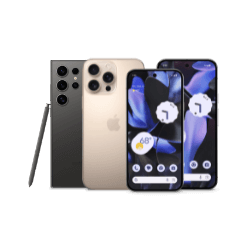


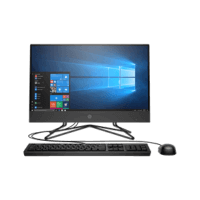
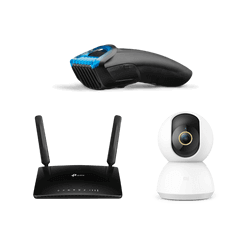

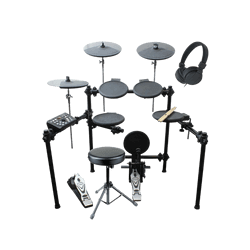

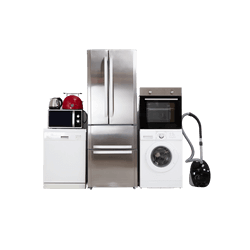
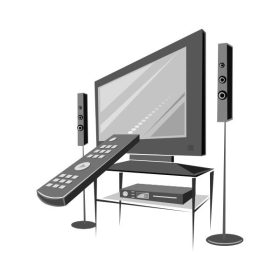




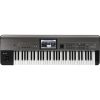

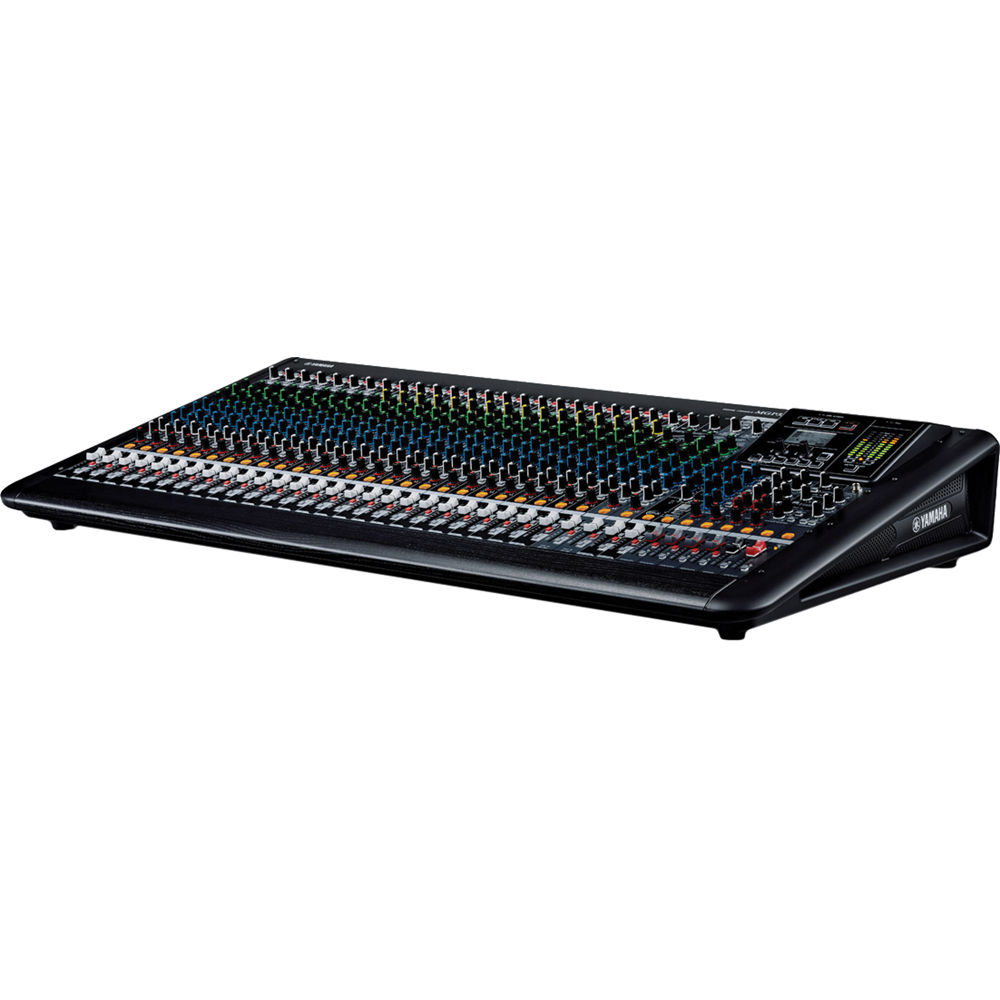
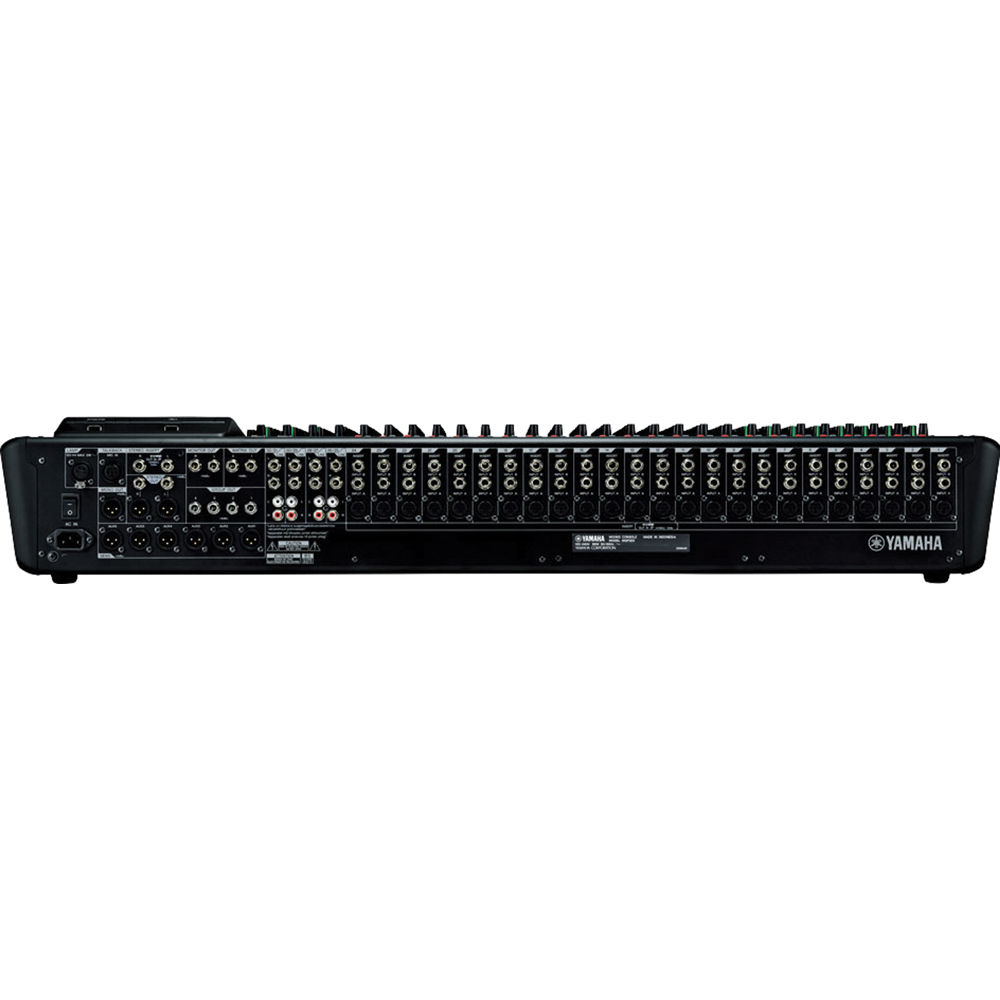

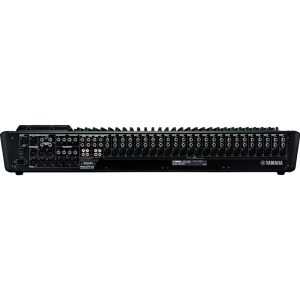



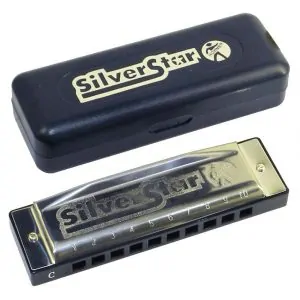
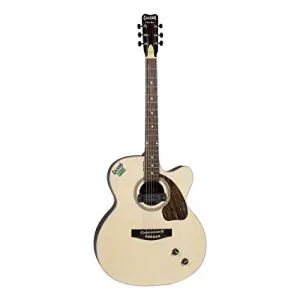
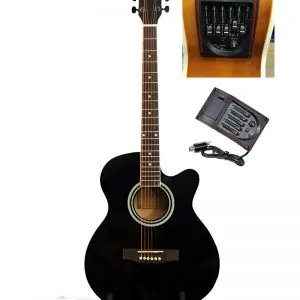
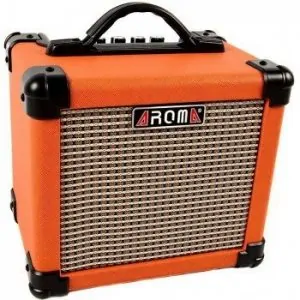



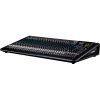
Reviews
There are no reviews yet.